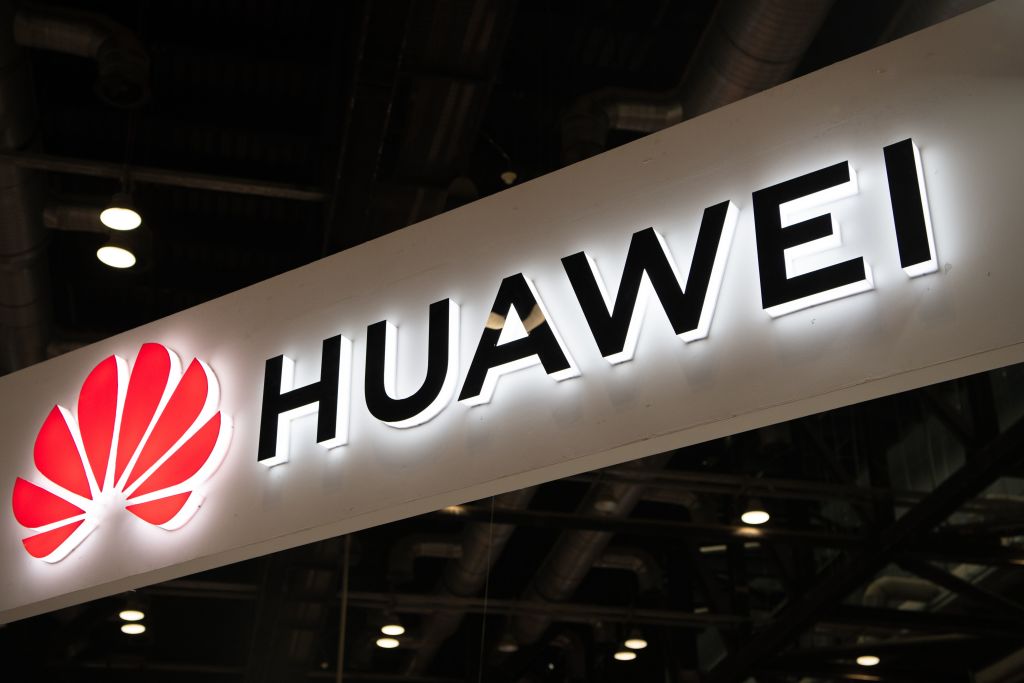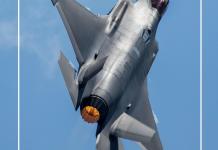The increasing US-China rivalry has spread into various domains. The growing Chinese assertiveness has prompted the US to counter Beijing strategically at various friction points, such as the Taiwan Strait, the South China Sea, and the larger Indo-Pacific region.
Afghanistan Calls On India, Russia & China To Help Fight Terrorism In The War-Torn Country
Over the years, Washington has managed to forge strategic alliances with many countries to restraint China. Now it seems, technology has emerged as yet another field, where China could face a stiff challenge from the US.
Last week, speaking at the Centenary celebrations of the Chinese Communist Party (CCP), President Xi Jinping issued a stern warning to “external forces” to not meddle with China’s “internal matters”. Although Xi did not name any country, his remarks seemed to have aimed at the US.
The relations between the US and China have nose-dived with the two countries embroiled in conflicts on various fronts, including trade, security as well human rights issues pertaining to Xinjiang Uyghur Autonomous Region among others.
The Taiwan Question
Beijing and Washington have been at loggerheads over the Taiwan question. Even though claimed by China, the self-ruled island has asserted its sovereignty time and again.
Last month, Taiwan reported the largest Chinese aerial incursion, when 28 Chinese military aircraft flew into Taiwan’s air defense identification zone (ADIZ). Nikkei Asia reported that the incursions took place near Pratas Island, controlled by Taiwan.

The incursions came days after China had been called out by the G-7 Summit for its increasing belligerence in the Taiwan Strait and the South China Sea.
The past few months have seen the Chinese PLA Air Force conducting frequent incursions into the Taiwanese ADIZ, which has been justified by Beijing as an essential step to “protect the country’s sovereignty and deal with collusion between Taipei and Washington”.
For its part, the US has been active in the Taiwan Straits. The US Navy’s Arleigh Burke-class guided-missile destroyer USS Curtis Wilbur conducted a “routine Taiwan Strait transit”, reported Reuters. Reportedly the ship was tracked and monitored throughout the transit by the Chinese forces.
Japan’s ‘Collective Self-Defense’ Formula
The US has enhanced its association with Taiwan in recent weeks and found an ally to stand against China on the issue, in Japan. Japanese Deputy Prime Minister Taro Aso mentioned that Japan would view any Chinese invasion of Taiwan as an existential threat, which may force Tokyo to use the right to collective self-defense.
The Japanese Deputy PM also stated his country’s commitment to fight alongside the US in order to defend Taiwan.
The US and Japan, are further joined by India and Australia, in order to counter the influence of China in the larger Indo-Pacific region, through the QUAD or the Quadrilateral Security Dialogue.
The Quad bloc — the US, India, Japan and Australia — is seen as a countermeasure against the rising influence of China in the Indo-Pacific region. Former US Secretary of State, Mike Pompeo had last year called out China as an aggressor in the “South (China Sea), in the East China Sea, the Mekong, the Himalayas, the Taiwan Straits”, reported The EurAsian Times.
#Tokyo’s talk on #Taiwan gets tougher and louder
Growing political calls for greater #Japanese support for Taiwan adheres to #America's stance but risks stoking #China's ire
“We need to think hard that #Okinawa would be next.” (Absolutely right!!!)https://t.co/MuO647JAKg
— Indo-Pacific News – Watching the CCP-China Threat (@IndoPac_Info) July 8, 2021
He had urged the QUAD partners to collaborate in order to protect others from the Chinese “exploitation, corruption and coercion”.
The first-ever QUAD leaders’ summit held in March 2021 reportedly left Beijing rattled although it did not mention China. The communist nation calls QUAD an “Asian NATO” and accuses the group of hyping a “China threat” theory.
Is India Finally Playing The Tibet Card; Using The Dalai Lama As A ‘Strategic Weapon’ Against China?
China — A Tech Giant
China is marching ahead in technology, from space to artificial intelligence, and its uses in various fields, from military to innovation. Chinese companies with a global foothold, however, have been accused of espionage and possibly stealing critical data on behalf of the Chinese military.
When your dog sees you come back…? pic.twitter.com/v71DNZdzaE
— Unitree Robotics (@UnitreeRobotics) December 23, 2020
Last year, the US imposed restrictions on the Chinese tech giant, Huawei Technologies, to limit the company from procuring computer chips made using US technology, reported BBC.
According to US authorities, the Chinese company had evaded earlier restrictions, necessitating the US authorities to impose greater restrictions, as “Huawei and its affiliates have worked through third parties to harness US technology in a manner that undermines US national security and foreign policy interests”, then-US Commerce Secretary Wilbur Ross stated.

The US government alleged that Huawei’s technology can be used by the Chinese government and had also called various Chinese apps, such as Tik Tok and We Chat as posing “significant threats to the personal data of American citizens”.
The US Strategy
China’s increased artificial intelligence capabilities were noted by the former Google CEO Eric Schmidt. Schmidt, currently serving as the chairman of the National Security Commission on Artificial Intelligence, said that China is making great leaps to challenge the US effectively in areas of AI and quantum computing.
In 2019, the Commission under Schmidt made AI-related policy recommendations to the US President and Congress.
Why Chinese Stealth Fighter Jets Have ‘No Buyers’ In Sight Unlike The US’ F-35 & Russian Su-57 Jets?
The recommendation stated that “if the US does not act, it will likely lose its leadership position in AI to China in the next decade and become more vulnerable to a spectrum of AI-enabled threats from a host of state and non-state actors”.
The recommendation thus asserted that the US must work to manage its lead in multiple areas, such as AI, semiconductors, energy, quantum computing, and synthetic biology. Schmidt maintains that to achieve the goal, the US needs to foster much closer partnerships with the Asian countries.
Citing Japan as an example, he mentioned that closer interaction must be forged with governments, researchers, and universities, which can ease the sharing of information, making the partnerships between the US and the Asian countries more fruitful.
“We need much closer relationships with Japanese researchers, Japanese universities, Japanese government — the same thing for South Koreans and same thing for Europeans,” the former Google executive told Nikkei Asia.
According to Schmidt, QUAD countries should also build similar institutions so that there is greater interaction among them.
Other News




